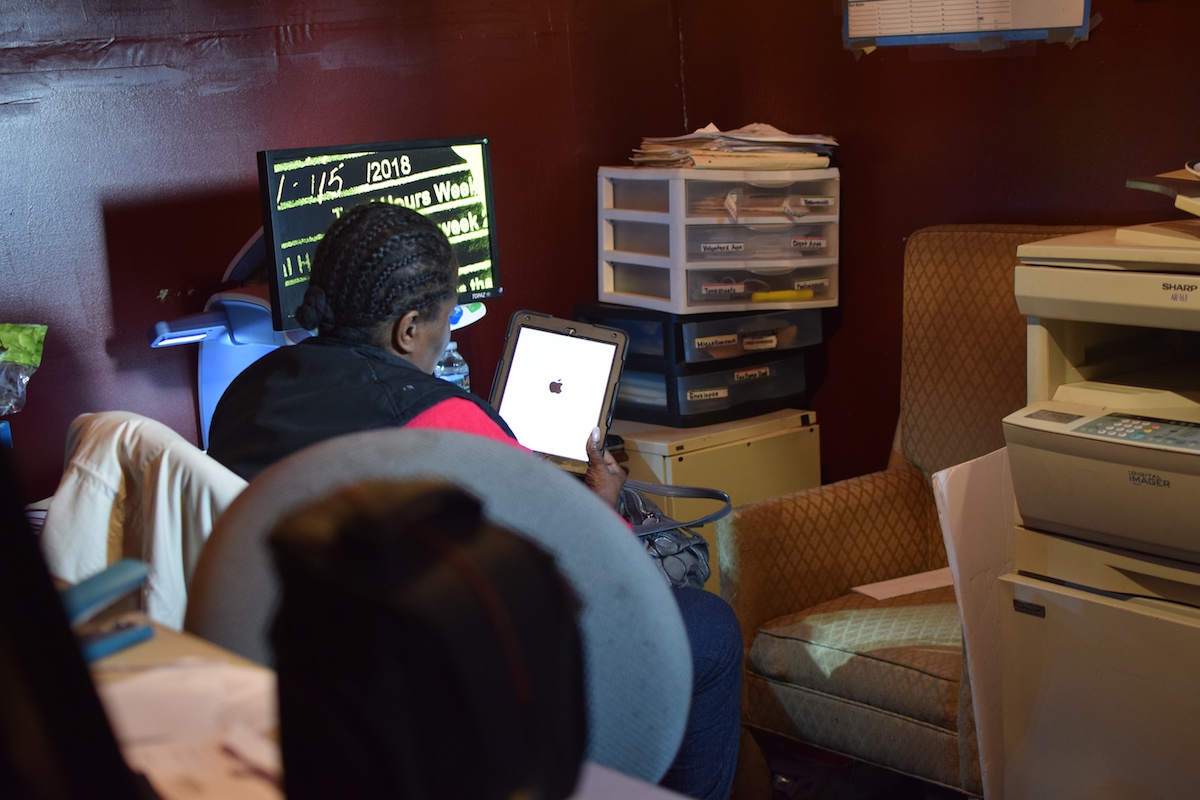From something as seemingly trivial as missing out on online promo deals to something as crucial as the inability to apply for certain jobs, lack of inclusivity in tech design can have real-world consequences for people with disabilities.
Let’s make the problem even more relatable: Say your nearest drug store was the only one carrying a specific medicine you need, but the website is inaccessible to you. As spotted by Think Company accessibility expert Mikey Ilagan, that was the case with Walgreens, whose website — at least for a minute there — did not let users with screen readers access its website.
As subject experts have already posited, accessible design is better design, in that it takes into consideration what an entire user base might need as part of an experience, rather than view users with disabilities as “edge cases.”
As part of our editorial calendar theme for April, we spoke to users with disabilities and accessibility experts to suss out the frequent barriers and flaws that take inclusivity away from the digital space.
No large-text compliance
For Philip Wismer, who is Deaf and has vision loss, the large text functionality is key to using mobile apps.
“Some of the apps would not work well with it,” Wismer said. “The Amtrak app, for example, does show the large text but then it messes up with the interface so I can’t tap where I want to tap, because the words get in the way.”
Wismer, 30, said both iPhone 6 and 7 Plus models have had issues with accessibility features that have prevented him from fully using apps.
Images, structure and keys
Accessibility expert Austin Seraphin, who is visually impaired and the cofounder of Philly Touch Tour, quickly lists off a trio of obstacles that stand between him and smooth digital experiences:
“Unlabeled images (alt tags), buttons, and links; improper heading structure and not responding to keyboard events,” he said.
P.S. Per Technical.ly editorial policy, all images must include alt text.
Lack of people with disabilities on the team
Yet another way tech talent has a diversity problem: there aren’t enough people with disabilities as part of tech teams. For Neil McDevitt, executive director of the Deaf-Hearing Communication Centre, this is the source of many of the problems listed here.
“Whether or not it’s intentional or an oversight, it’s truly difficult to make apps accessible when you’re designing for some abstract concept or stereotype of disability,” said McDevitt. “When Deaf people and other people with disabilities are genuinely involved in the development process, it truly forces everyone to shift their perception of how their app works.”
Timed out by an accessibility tool
Customers of T-Mobile Tuesdays have weekly access to discounts, freebies and deals, but not Yvonne Hughes, the deputy administrator of community services nonprofit It’s Not Your Fault in North Philly.
See, when Hughes — who’s visually impaired due to a hereditary ailment — tries to use the app, the pace at which her screen reader moves is too slow. It times her out and she must start again, only to get timed-out over and over.
“It takes a while for you to use the information because your phone is talking to you,” said Hughes, who has access to technology tools by way of the Temple University–based Pennsylvania’s Initiative on Assistive Technology.
“It’s timed as if it was a sighted person using it,” she lamented.
“Ask first” policy
Accessibility consultant Ather Sharif, founder of EvoXLabs said designers and developers tend to assume what people with disabilities need or how they would use a website without performing the necessary studies with actual folks with disabilities.
“Or at the very least, asking one. :)” said Sharif, a Comcast engineer who moved to Chicago and was selected for the 2018 class of ADA 25 Advancing Leadership Fellows, a leadership program for people with disabilities.
HTML basics should be inclusive
For Think Company’s Ilagan, frequent design flaws include poor color contrast for people with low visual acuity or color blindness, complex and/or custom UI where keyboard controls weren’t thought about and overall poor usability.
“Sites usually fail because people intentionally or unintentionally miss the target on HTML fundamentals,” said Ilagan. “Native applications usually fail because people miss it entirely when it can be done arguably faster/easier on native.”
This month’s Editorial Calendar is underwritten by the subject matter experts at Think Company. The stories were independently reported and not reviewed by Think Company before publication. Learn more about our advertising options here.
Before you go...
Please consider supporting Technical.ly to keep our independent journalism strong. Unlike most business-focused media outlets, we don’t have a paywall. Instead, we count on your personal and organizational support.
3 ways to support our work:- Contribute to the Journalism Fund. Charitable giving ensures our information remains free and accessible for residents to discover workforce programs and entrepreneurship pathways. This includes philanthropic grants and individual tax-deductible donations from readers like you.
- Use our Preferred Partners. Our directory of vetted providers offers high-quality recommendations for services our readers need, and each referral supports our journalism.
- Use our services. If you need entrepreneurs and tech leaders to buy your services, are seeking technologists to hire or want more professionals to know about your ecosystem, Technical.ly has the biggest and most engaged audience in the mid-Atlantic. We help companies tell their stories and answer big questions to meet and serve our community.
Join our growing Slack community
Join 5,000 tech professionals and entrepreneurs in our community Slack today!

The person charged in the UnitedHealthcare CEO shooting had a ton of tech connections

The looming TikTok ban doesn’t strike financial fear into the hearts of creators — it’s community they’re worried about

Where are the country’s most vibrant tech and startup communities?



